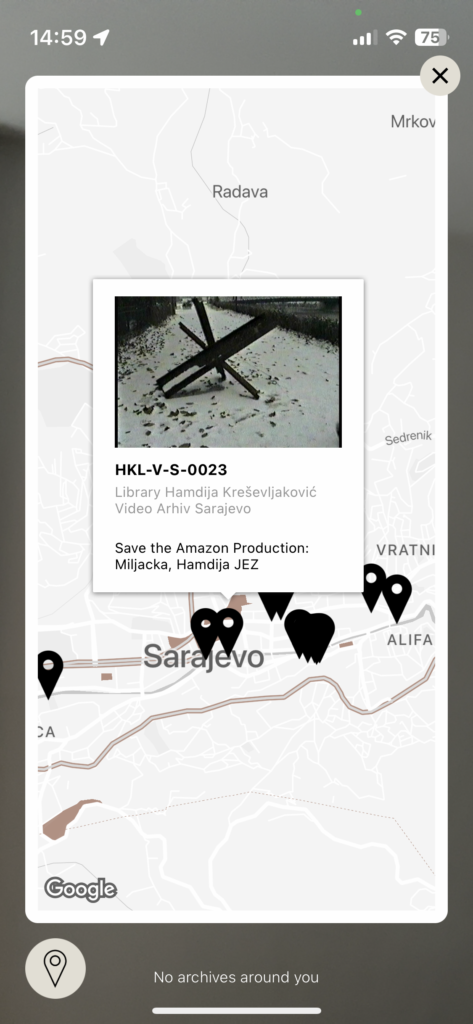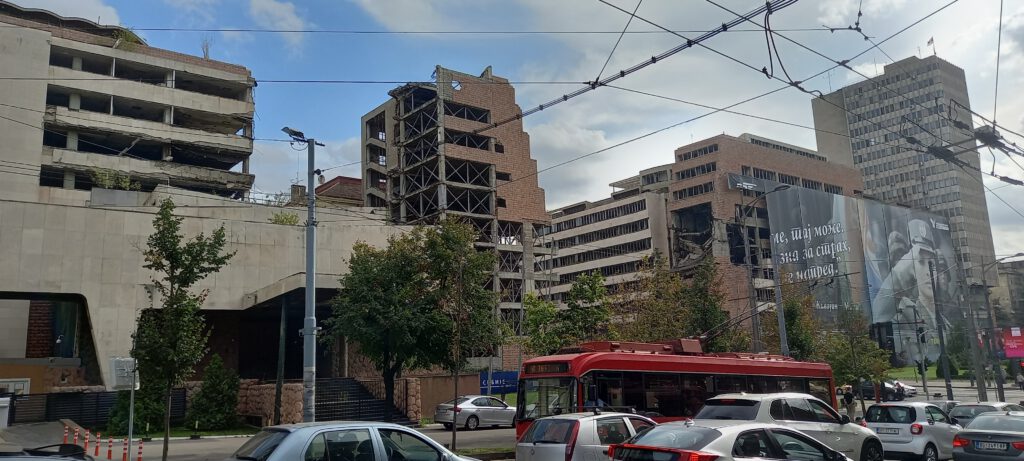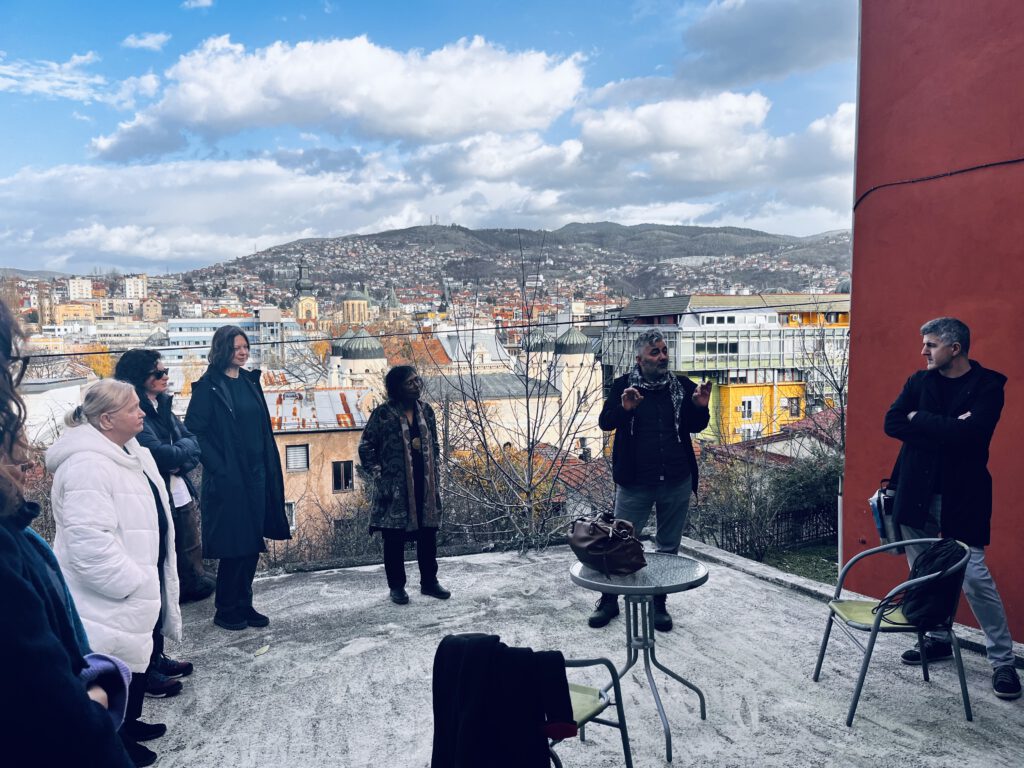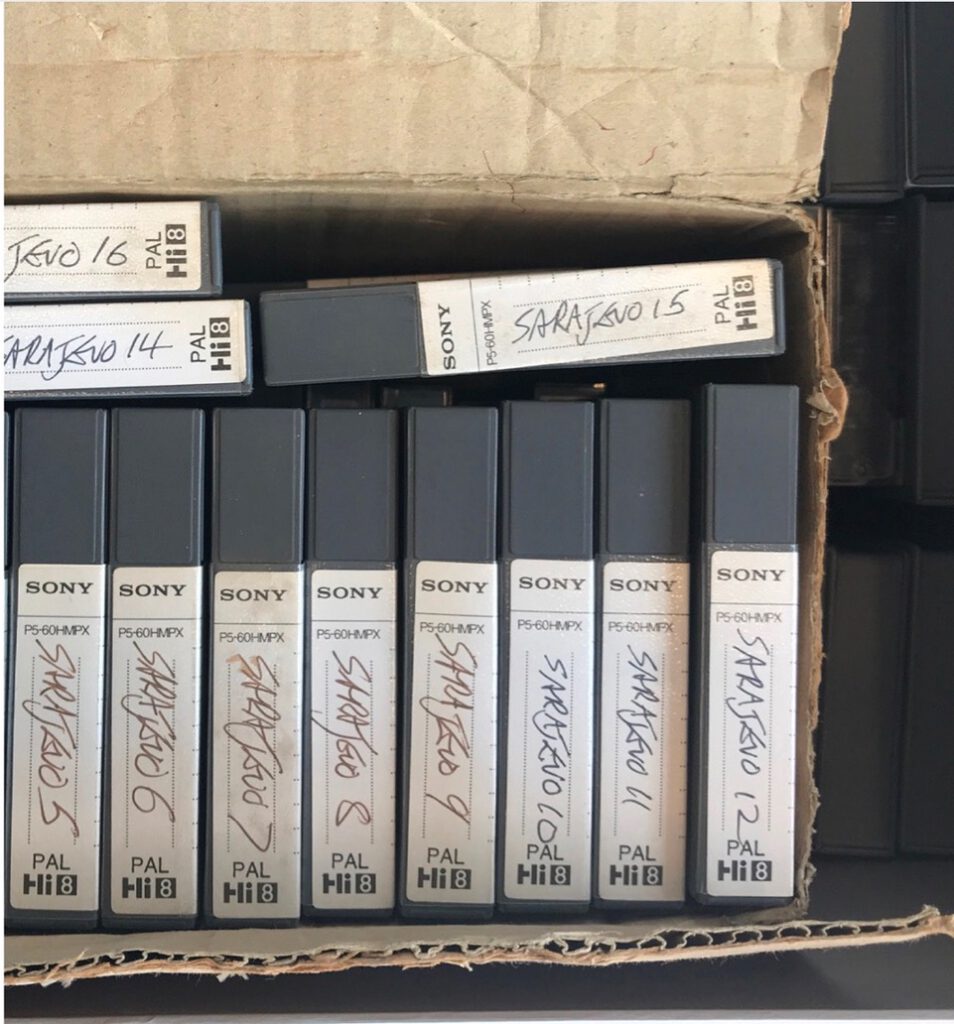THE ARCHIPELAGO – a site-specific archival platform for public space
Digital art and research project by Kaya Behkalam, Clarissa Thieme & Armina Pilav, in collaboration with Farhan Khalid 2022 – ongoing
The archipelago is a site-specific archival platform for public space in the Post-Yugoslav context that brings together war document collections. Thirty years after the wars that led to and followed the breakup of Yugoslavia, many dedicated archival initiatives collectively offer an important multi-perspective view of the region’s recent history. But they rarely come together and often struggle with repression in their respective local contexts. This is where the archipelago comes in, turning a smartphone into an easily accessible archaeological device independent of local political restrictions while bringing together a multitude of archival voices. Historical audio-visual documents tagged with GPS data will be available via an augmented reality (AR) app. Diverse archival holdings can be made topographically and interactively accessible at places they are linked to and encountered in a low-threshold way. The digital art and research project connects different archival initiatives exploring the technology of AR as hands-on participatory archival practices within the Post-Yugoslav space. It will introduce a carefully curated multi-perspective view of the region’s recent history that encourages audience interaction via a mobile AR app, a website archive as well as accompanying public events such as exhibitions, workshops, and film screenings in Bosnia and Herzegovina, Serbia, Kosovo, and Croatia as well as internationally.
Together with the archipelago’s partners, in every city, we are exploring different site-specific cases and representational methods through which material is curated and made available in Augmented Reality realm. In Belgrade (Serbia), a collection of counter-memorialization to the “General Stab” will be built up, the former military headquarters of the Yugoslav National Army (YNA) that was destroyed during the NATO bombardments (1999). In Sarajevo (Bosnia and Herzegovina), the focus is on microstories, visual collections from various neighborhoods, and public spaces that play an important social role in Sarajevo, including life during the siege (1992 – 1996). In Mostar (Bosnia & Herzegovina), the river Neretva will be explored as a flowing archive of war in relation to the city and interspecies society living in the toxic and destroyed post-war environment. In Prizren (Kosovo), the collection of an amateur videographer, who documented pre and war-related protests, public events, and Prizren’s transforming urban landscape, is the starting point for collecting further comparative archival material.





